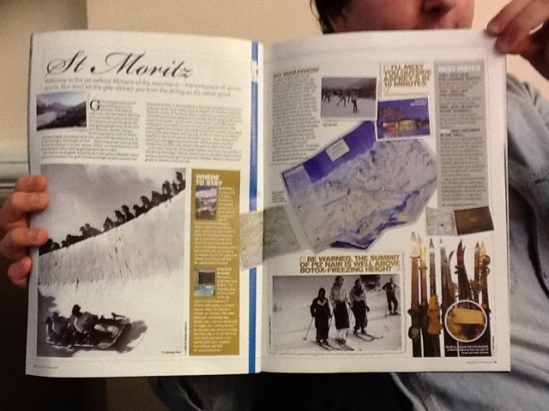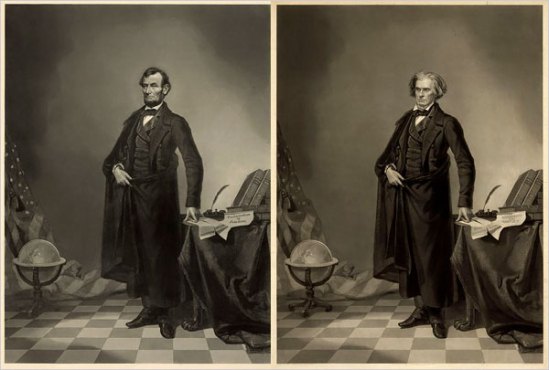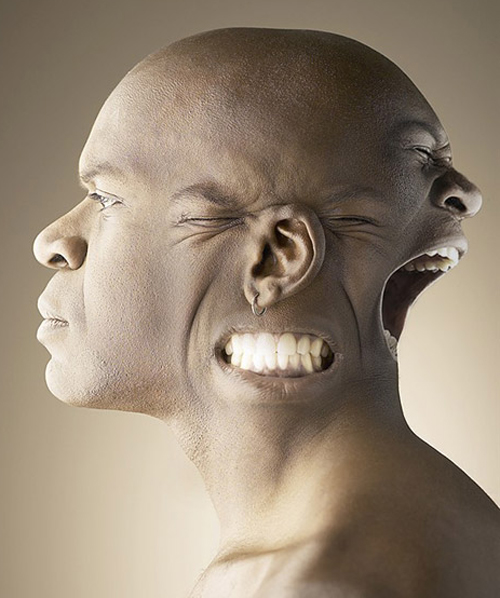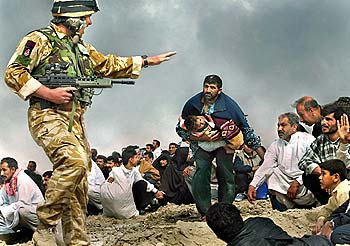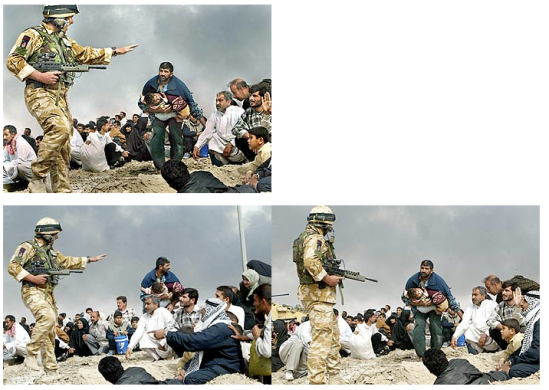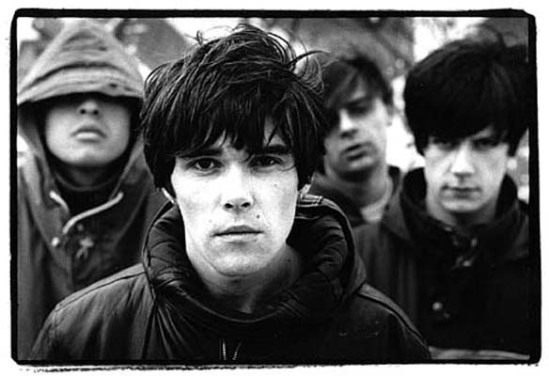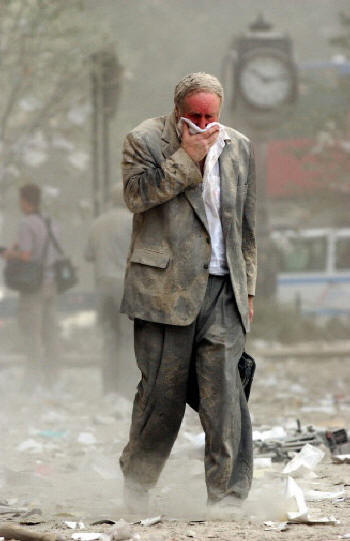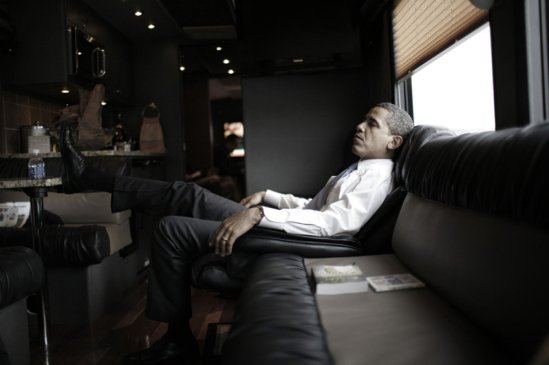My 10 Desirable Dunks of The Decade
With fans spanning the globe, the game of Basketball with its fast paced style of play is one of the most loved sports around. With loyal fans sporting jerseys and footwear, players are going all out with their latest releases giving fans the ultimate street style.
The eyes of the world opened when the likes of Michael Jordan, Patrick Ewing and Scottie Pippen hit the court, pulling the crowd to their feet these men were the gods of the game.
These megastars brought with them a new style of footwear never before seen on the streets of America. The high-top comfort which rocked the court became the sought after look for fans worldwide. With hundreds of styles available fans were spoilt for choice of showing their love for the game. These rarely seen styles became the desire of fans through the years becoming the jewel in a collector’s crown.
10 – Air Jordan Fusion (AJ12) – The AJ12’s were the perfect combination of Air Force and Air Jordans two great sneakers combined as one. When first seeing these creations i had to add them to my collection knowing they would become future classics. They brought with them sleek Jordan styling and looks with the comfort of Air Force.
9 – Nike Air Force 1 Low White Total / Orange Lava – The Air Force shoe has been around now for many years with 1000’s of styles and colour ways to tantalise any collector. The Total/Orange Lava editions are however one of the rarer pairs and the most worn pair in my collection which i have not seen elsewhere before or since purchasing them.
8 – Nike Hyperdunk Lakers Kobe Bryant (PE) – The Nike Hyperdunks Kobe Bryant Editions were released just in time for the 2008/2009 Basketball season. Nikes new fiber-wire technology was what first drew me to these latest innovations, as soon as they arrived i had to hit the court to put these ultimate performers to the test. On the court was an epic feeling with these which is why they hit my list and are still the ultimate court footwear.
7 – Nike Air Flightposite Retro – One of the rarest sneakers on the planet the Flightposite Retro Golds hit the shelves in 2008. From first seeing these bizarre creations hit the court on Kevin Garnett feet i spent months hunting the internet to get a pair. Splashing out nearly £200 to own them they get an stunning reaction when people see them on my feet.
6 – Air Jordan 23 XXIII – The number 23 is key to the legend that is Michael Jordan, his jersey number at the Chicago Bulls which retired along with him was an iconic number in the sport. It was only fitting that the shoes of 23 were something special. The 23’s have to be one my ideal pairs the comfort and classic look just flows perfectly.
5 – Air Jordan XV Retro LS – Laser – Released in 2007 and modeled after the x-15 fighter jet the Jordan XV’s became something of an obsession for me. Finding them took time and knowledge but once they arrived i struggled to understand why they were referred to as the ugliest Jordan’s ever created, for me they were perfection.
4 – Nike Air Force 25 League Pack Coast 2 Coast Detroit Pistons Edition – Released as a celebration to a shoe which has stood the test of time. The Nike Air Force 25 were a pair i had to splash out to own. Waiting 3 month for them to arrive they were bliss on my feet, now rarely out of their box but a proud piece in my collection.
3 – Adidas TS Commander Dwight Howard – The Superman Dwight Howard with his Adidas association had to be my first Adidas addition to my ever growing collection. Total comfort and performance on the court i adore these blue demons, holding back wearing them to preserve these rare beauties.
2 – Converse Wade 1.3 – Wade along with Michael Jordan secured me as a Basketball fan for life. With the chance to own a pair of his early editions I snapped up the chance when I found this stunning pair of Converse. Parting the money I have never owned a more comfortable pair of sneakers.
1 – Nike Zoom LeBron VI – One of the later additions to my collection, with the kings name stamped on the side, the Nike Zoom LeBron VI have to be one the most comfortable pairs I own. Released in 2009 the man excelled himself with this Nike LeBron combination and won my love on and off the court.
